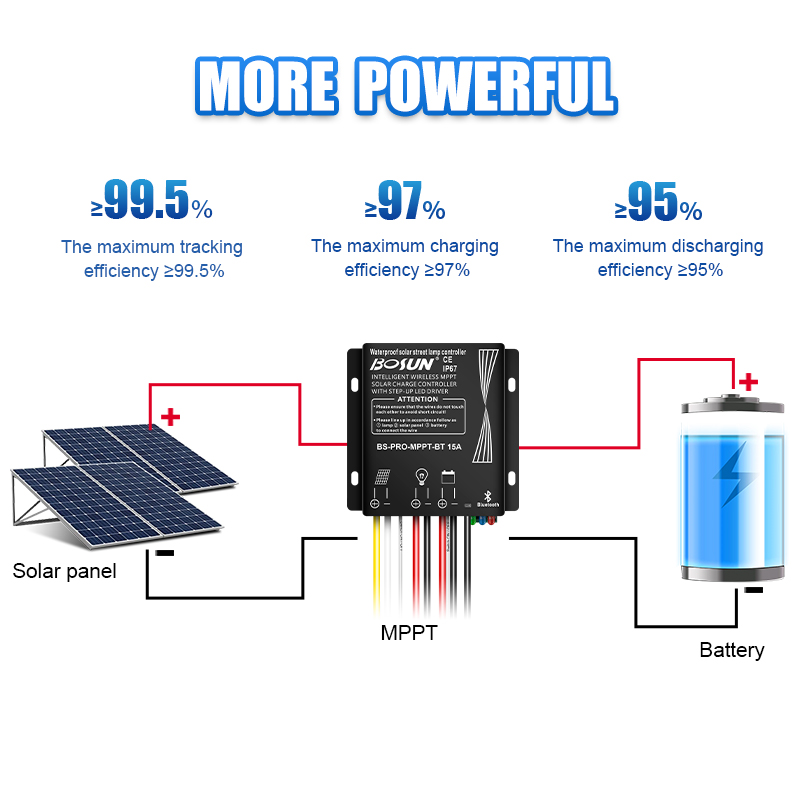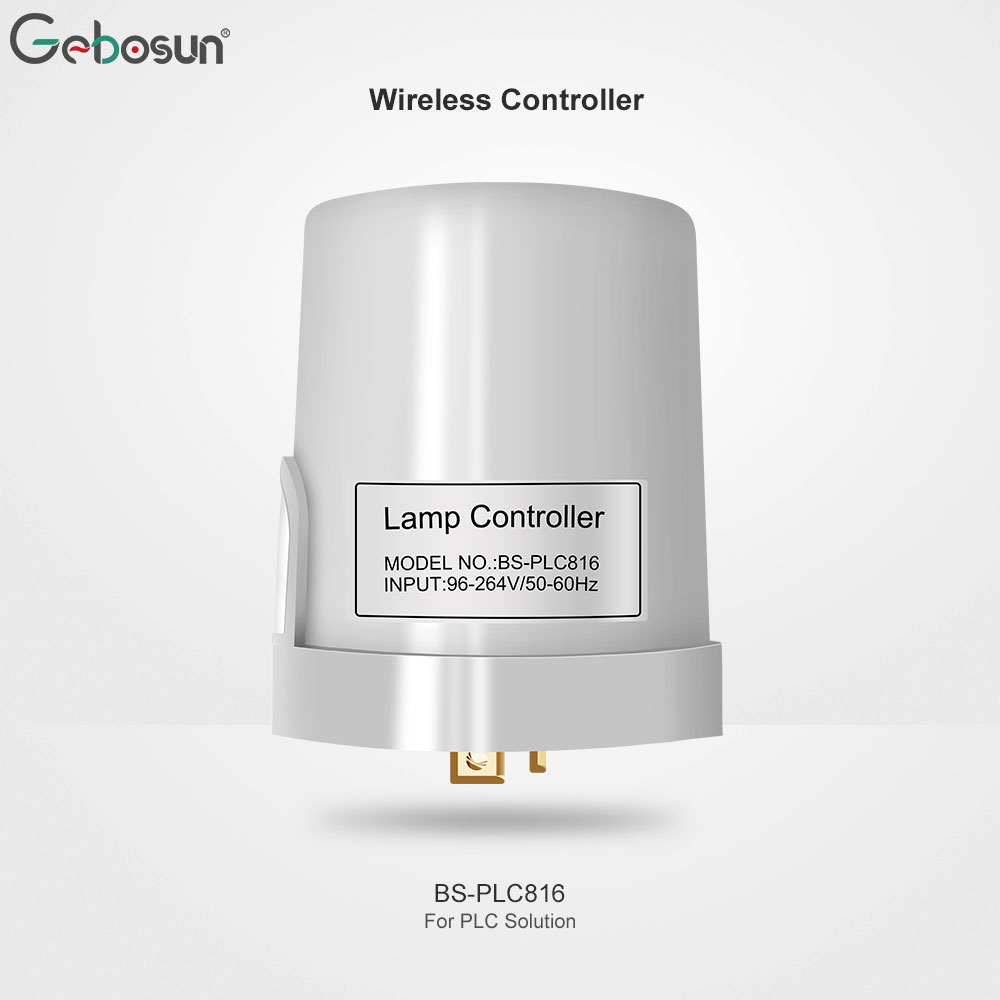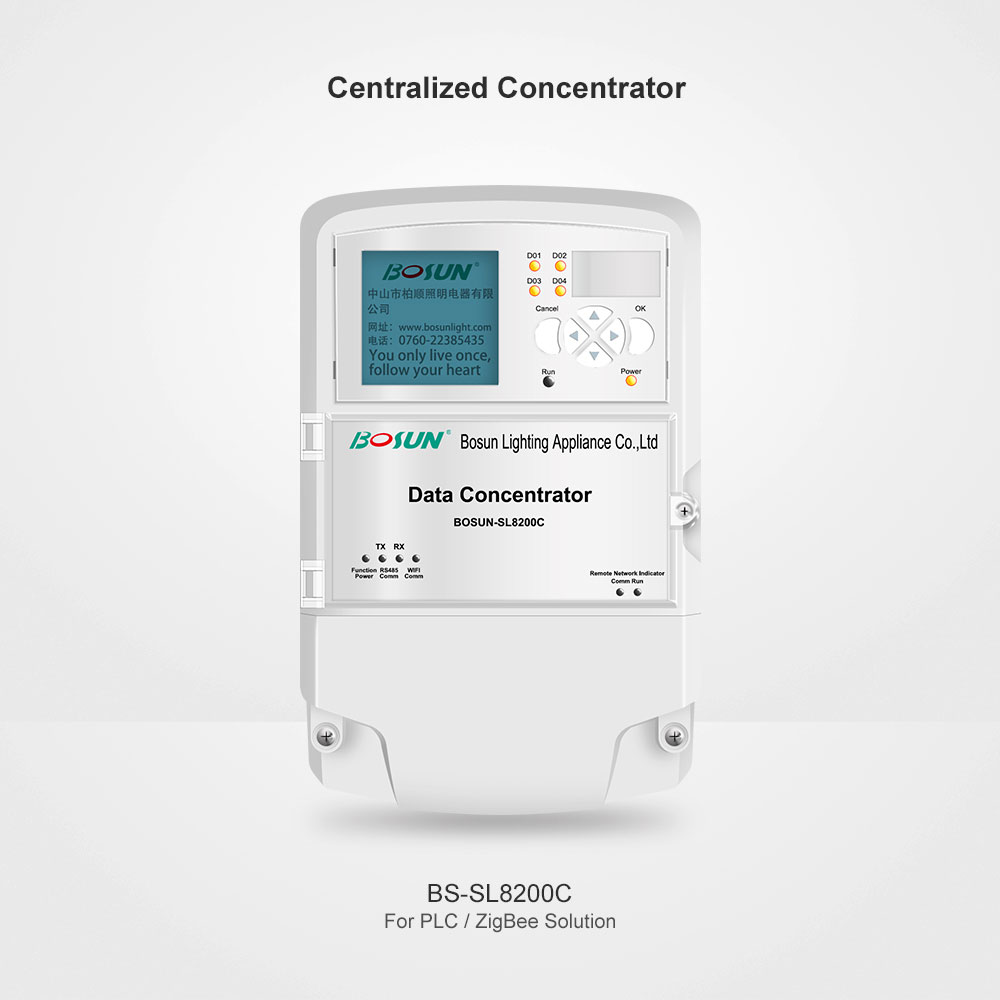Equipment
MPPT Solar Charge Controller
- An MPPT solar charge controller optimizes the power output from the solar panel to the battery by constantly tracking the maximum power point on the PV curve. This ensures that the system harvests the highest possible energy, even under changing sunlight conditions (clouds, shading, temperature shifts).
- Key Features & Advantages:
- Higher Efficiency: 15–30% more charging efficiency than PWM controllers.
- Adaptive Tracking: Continuously adjusts operating voltage to match the PV module’s optimal point.
- Battery Protection: Prevents overcharge, over-discharge, reverse polarity, and short-circuits.
- Smart Lighting Control: Built-in timers, dimming schedules, and motion-sensor integration.
- Remote Management: Often supports GPRS, LoRa, or 4G modules for IoT-based monitoring.
- Extended Battery Life: More accurate charging profiles reduce battery stress.
- Why It’s Important in Solar Street Lights:
- For municipal solar lighting, where reliability is critical, MPPT controllers ensure stable night-time operation even during low-sunlight periods, reducing the need for oversizing panels and batteries.
-
NEMA Socket Interface
-
A standardized twist-lock socket (commonly 3-pin, 5-pin, or 7-pin) mounted on the luminaire. It allows easy plug-and-play installation of smart lighting controls such as photocells, wireless nodes, or IoT controllers without rewiring.
- Key Features & Advantages:
- Standardization: Universally compatible with lighting controllers following ANSI C136.10, C136.41, etc.
- Quick Installation & Replacement: Tool-less swap of controllers or sensors.
- Upgrade Ready: Future-proof for adding smart city functions without changing the whole lamp.
- Variants:
- 3-pin: Photocontrol only (dusk-to-dawn switching)
- 5-pin: Adds low-voltage dimming control (0-10V or DALI)
- 7-pin: Includes additional communication/data pins for IoT functions.
- Why It’s Important in Solar Street Lights:
- NEMA sockets make solar street lights compatible with municipal smart lighting networks, enabling central management, energy monitoring, and adaptive lighting strategies.
-
Zhaga
- A compact, low-voltage connector standardized under Zhaga, designed to attach IoT devices, sensors, or communication modules directly to the luminaire. Unlike NEMA sockets, Zhaga focuses on low-profile, miniaturized smart interfaces.
- Key Features & Advantages:
- Compact Size: Less visually intrusive than NEMA, ideal for modern slim fixtures.
- Plug-and-Play: Tool-less module installation and replacement.
- Versatile: Supports daylight sensors, PIR motion detectors, environmental sensors, and wireless communication modules.
- Future-Proof: Compliant with D4i drivers for standardized power/data sharing.
- Sealed & Durable: IP66-rated connectors for outdoor use.
- Why It’s Important in Solar Street Lights:
- Zhaga connectors enable easy integration of smart city sensors without bulky modules, supporting advanced applications like traffic monitoring, environmental data collection, or adaptive brightness control.













